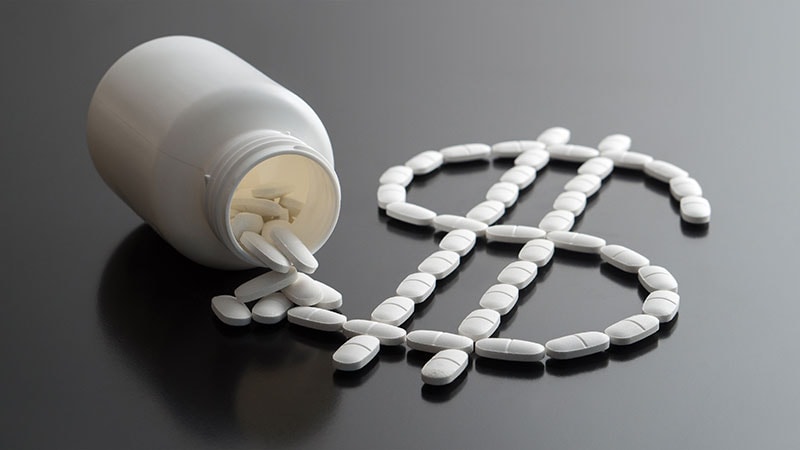TOPLINE:
Among patients with cancer or autoimmune diseases receiving charitable copay assistance foundation (CPAF) support, 84% reported financial toxicity. Despite having insurance coverage, 41% spent > 10% of their monthly income on healthcare.
METHODOLOGY:
- CPAFs provide financial grants to reduce or eliminate out-of-pocket costs for prescribed medications for insured patients. While these foundations are nonprofit and regulated by the US government, they have generated controversy due to support from pharmaceutical manufacturers who also set drug prices.
- A national cross-sectional self-administered anonymous electronic survey was conducted among 1566 respondents (1108 with cancer and 458 with autoimmune disease) receiving CPAF grants for medication costs between January 2021 and July 2022.
- Participants included patients who received grants from the HealthWell Foundation for either cancer or autoimmune disease treatment. Most (96%) had Medicare, the median age was 71 years, 51% were women, 89% were White participants, and 69% reported household income
- Researchers utilized the comprehensive score for financial toxicity (COST) tool to measure self-reported financial distress, along with evaluating healthcare spending patterns and experiences with financial barriers to care.
- Analysis examined patient perspectives on policy questions related to CPAF and costs of care, with moderate to severe financial toxicity defined as COST 26.
TAKEAWAY:
- Financial distress was prevalent among CPAF recipients, with 53% reporting mild financial toxicity (COST, 14-25.9) and 31% reporting moderate to severe financial toxicity (COST
- Multivariable analysis revealed younger age, less education, unemployment, higher comorbidity, and lower income were independently associated with higher financial distress.
- Healthcare costs remained substantial, with 52% of participants spending > $100 monthly on drug costs alone and 54% spending > $500 monthly on total healthcare costs.
- According to the authors, the study highlights significant racial disparities in CPAF access, with > 91% of recipients being White participants compared with only 5% Black and 4% Hispanic participants.
IN PRACTICE:
“The most important lesson may be that the US public seems unaware of the extent that they may face financial difficulty despite health insurance if they become ill. copay assistance appears to be one component of an important safety net,” the authors of the study wrote.
SOURCE:
This study was led by Jeffrey Peppercorn, MD, MPH, Massachusetts General Hospital in Boston. It was published online in Cancer.
LIMITATIONS:
This study had an 8% email response rate from nearly 20,000 CPAF grant recipients, which may introduce response bias. Additionally, while national in scope, this study was limited to recipients from a single foundation, with multiple myeloma and multiple sclerosis constituting a large portion of the sample, potentially affecting generalizability to other patient populations.
DISCLOSURES:
This study was funded by the HealthWell Foundation. Peppercorn disclosed having an employment relationship (spouse) with GSK and consulting for HealthWell Foundation. Additional disclosures are noted in the original article.
This article was created using several editorial tools, including AI, as part of the process. Human editors reviewed this content before publication.
Source link : https://www.medscape.com/viewarticle/medicare-recipients-face-high-financial-burden-despite-2025a10001nb?src=rss
Author :
Publish date : 2025-01-23 10:55:14
Copyright for syndicated content belongs to the linked Source.
